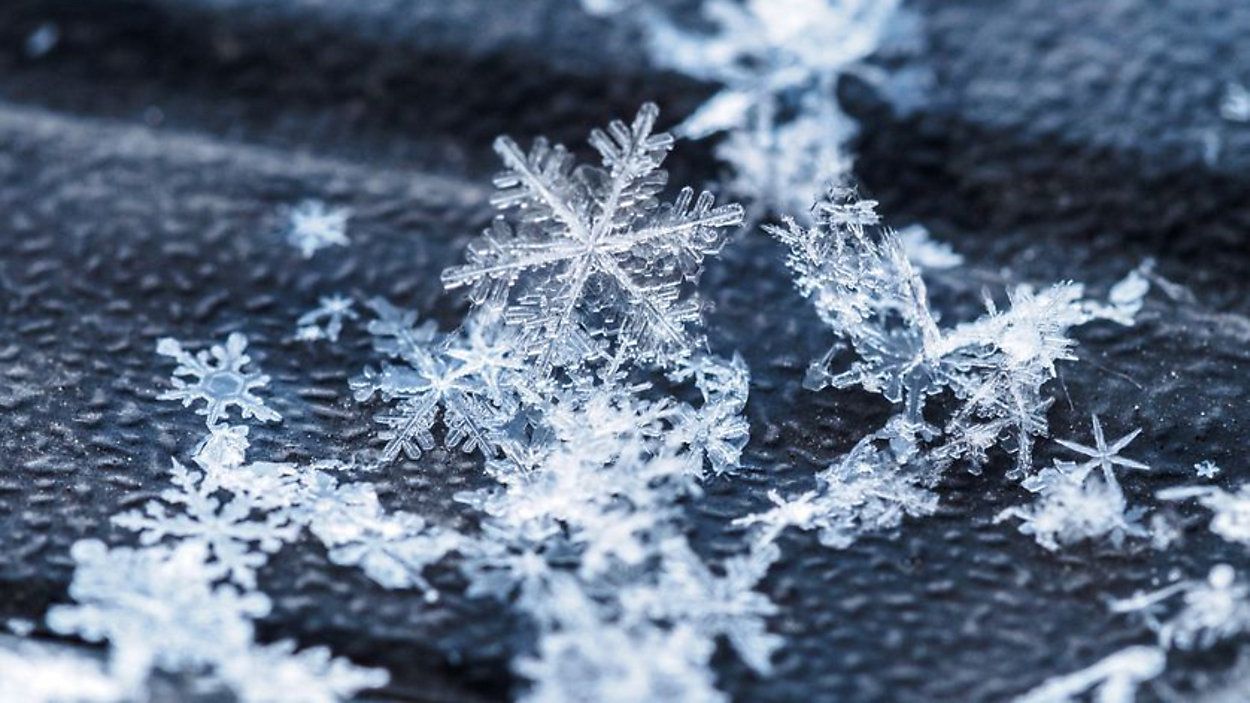
“
Snowy weather captivates our imagination with its serene beauty and unique characteristics. From the delicate symmetry of snowflakes to the transformative effects of blizzards, snowy weather offers a window into the wonders of nature. In this exploration of fascinating snowy weather Insights, we delve into the science, mysteries, and practical impacts of snow, revealing fascinating facts that will intrigue young minds and deepen their understanding of this remarkable natural phenomenon.1
1
”
No two snowflakes are the same, making each one unique. As snowflakes fall from the sky, they encounter varying temperatures and humidity levels, which create their distinctive shapes and structures. This variability ensures that every snowflake is a one-of-a-kind creation. 1

Snowflakes come in various types, including stellar dendrites, plates, columns, and needles. Each type forms under specific temperature and humidity conditions, creating a fascinating diversity in their shapes and structures as they fall from the sky.
Snow acts as an effective insulator, trapping heat within its layers. This insulating property helps animals like polar bears stay warm by creating a cozy environment beneath the snow's surface, where they can rest comfortably during the winter. 2
On November 23, 2006, Snow Business International (based in Gloucestershire, UK) created artificial snow over Bond Street in London, UK. The snowfall covered an impressive area of 12,462.78 square meters (equivalent to 134,148 square feet). 3
The largest snowflake ever recorded was an impressive 15 inches wide and 8 inches thick. This giant snowflake was spotted in Fort Keogh, Montana, in 1887, marking a rare and extraordinary occurrence in the history of snowfall. 4
Snow isn't exclusive to cold climates; it can even fall in deserts. For instance, the Sahara Desert has seen snowfall on rare occasions, transforming its vast sandy dunes into a white, frosty wonderland and illustrating snow's surprising versatility.5
On May 13, 2022, Valerjan Romanvoski from Poland set a remarkable record by spending 1 hour, 45 minutes, and 2 seconds in direct full-body contact with snow in Kraków, Malopolskie, Poland. 6
An avalanche happens when a large mass of snow suddenly collapses and rushes down a mountain slope. Avalanches can be triggered by factors such as new snow layers, strong winds, or even loud noises, leading to rapid and often dangerous snow movement. 7

Igloos, constructed by the Inuit people, are built from blocks of snow stacked in a dome shape. Despite being made of ice, igloos remain warm inside due to the snow's insulating properties, which trap body heat and create a comfortable environment.
Scientists speculate that hundreds of millions of years ago, Earth was almost entirely covered in ice and snow, a period referred to as "Snowball Earth." This hypothesis suggests a dramatic climatic shift that profoundly impacted the planet's environment.8
In snowy regions, people sometimes make ice cream by mixing fresh, clean snow with ingredients like milk, sugar, and vanilla. This delightful treat combines the natural coldness of snow with sweet flavours, offering a fun and unique way to enjoy the winter weather. 9
Snow crystals form within clouds when water vapour freezes around a tiny particle, such as dust. As these crystals develop and fall to the ground, they combine to create snowflakes, each with its intricate pattern shaped by atmospheric conditions. 10
Snow plays a crucial role in the water cycle by feeding rivers and lakes when it melts. This runoff provides essential water resources for plants, animals, and human activities, highlighting snow's importance in maintaining the balance of natural water systems. 11
On December 31, 2023, Harbin Ice-snow World in Harbin, Heilongjiang, China, set a remarkable record by creating the largest temporary ice and snow theme park. Covering an impressive area of 816,682.50 square meters (equivalent to 8,786,197 square feet and 1.44 square inches).12
Before the advent of modern refrigeration, people used snow and icehouses to keep food cold and prevent spoilage. Snow's natural cooling properties helped preserve perishable items, making it a vital resource for food storage in colder climates. 13

A blizzard is a severe snowstorm marked by strong winds, low visibility, and heavy snowfall; winds must reach speeds of at least 35 miles per hour, creating challenging and hazardous conditions for travel and outdoor activities.
Ski resorts often rely on machines to create artificial snow. These machines work by spraying a mixture of water and compressed air into the cold air, where it freezes into snowflakes, ensuring consistent and enjoyable skiing conditions even when natural snowfall is limited. 14
A Thundersnow is a rare and spectacular weather phenomenon where thunder and lightning occur during a snowstorm. This unusual event combines the elements of a snowstorm with the dramatic effects of thunderstorms, creating a striking and memorable sight.15
Snowfall is measured in two primary ways: by the depth of the snow on the ground and by its water equivalent, which indicates how much water the snow would yield if melted. These measurements help meteorologists and researchers assess snow's impact and track weather patterns. 16
When temperatures at the surface are as high as 50 degrees, snow can still fall if specific conditions align. A shallow warm layer near the surface allows snowflakes from the clouds to reach the ground before melting. This unique interplay creates an unexpected snowy scene.17


